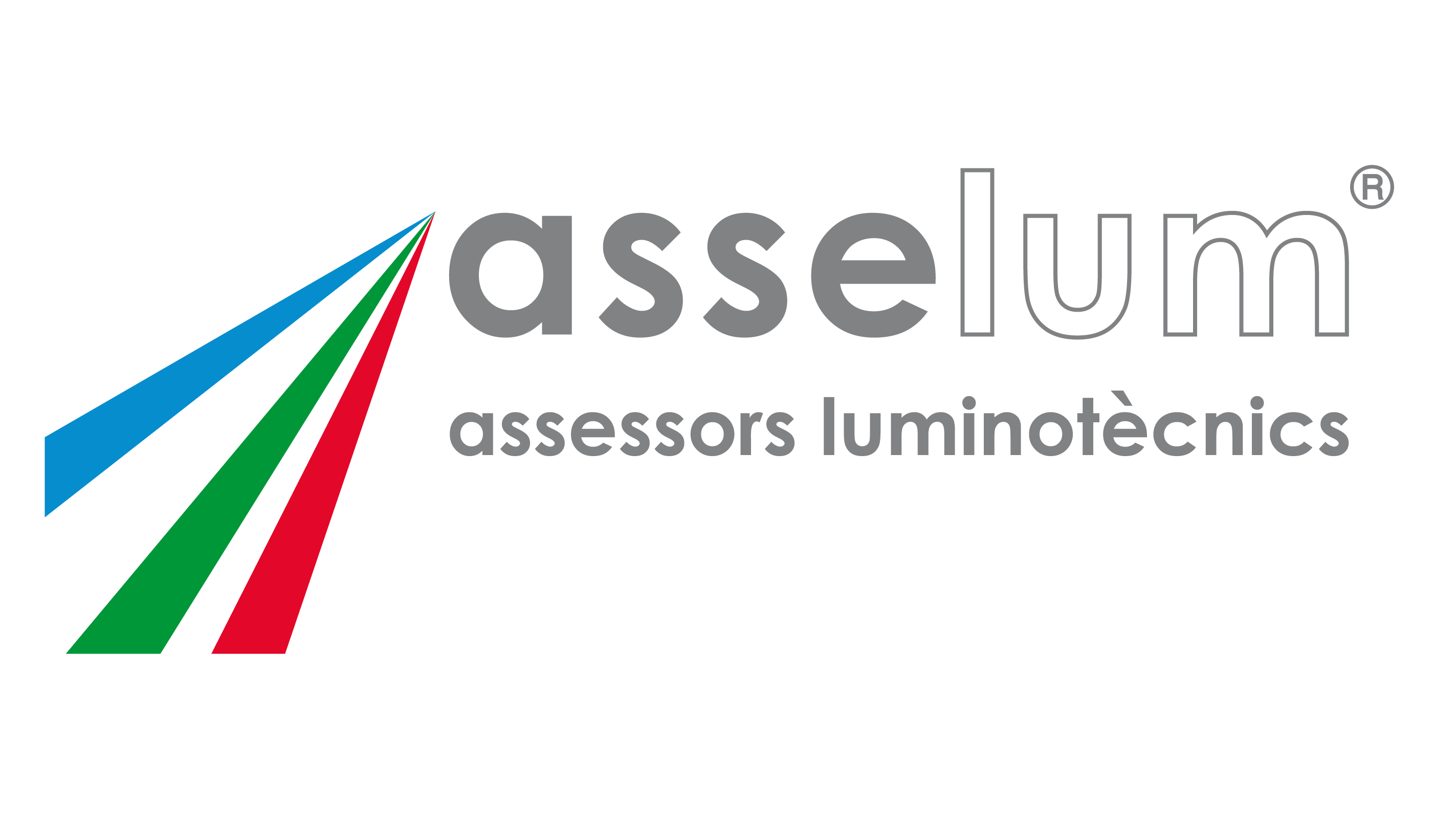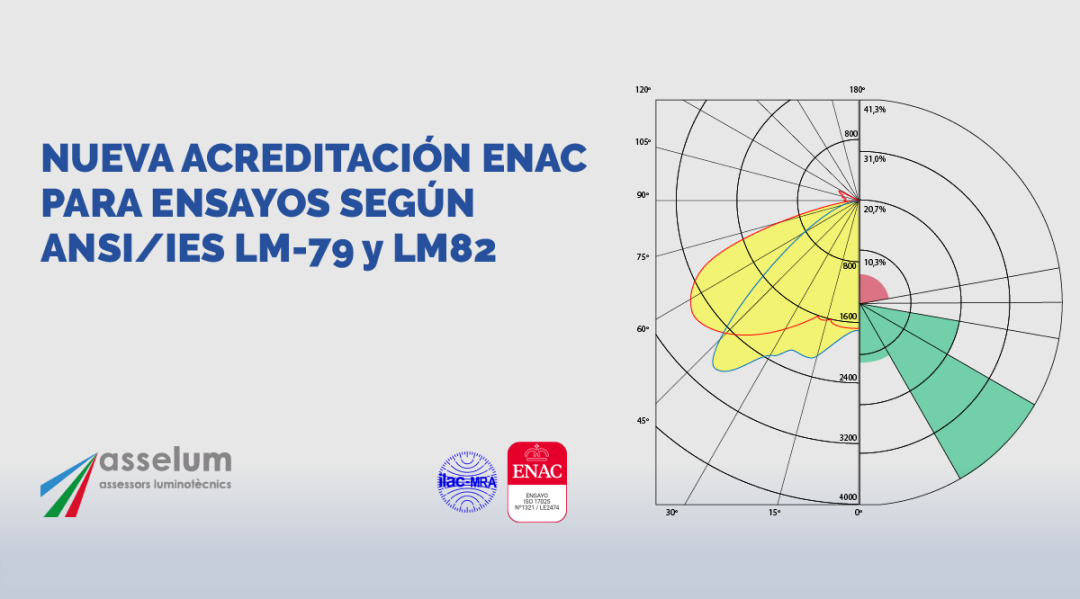Our laboratory has extended the number of ENAC accreditations according to ISO 17025 for photometry testing according to ANSI/IES LM-79 and LM-82. These accreditations are based on the electrical and photometric measurement of solid state lighting (SSL) products including light emitting diodes (LEDs) and the characterisation of LED light sources for electrical and photometric properties as a function of temperature.
The new extension of ENAC accreditations allows us to have up to 6 types of accredited tests such as photometry and colour according to UNE EN 13032-4, luminous flux maintenance according to IES TM-21 and IES LM-80 and photobiological safety according to UNE EN/IEC 62471 and IEC TR 62778.
Testing according to ANSI/IES LM-79: Electrical and photometric measurement of solid-state lighting products
This test shows a snapshot of performance under specific operating conditions at a certain point in the product life cycle, usually at the start of operation, known as initial measurements. It is applicable to integrated LED products such as luminaires and replacement lamps.
It does not address lifetime ratings, luminous flux depreciation over time (e.g. light maintenance) or LED temperature (which can be measured by other tests such as TM-21).
With the metrics and diagrams included in the LM-79 reports, we can identify products that have an appropriate distribution for a specific application or detect potential problems in terms of uniformity, glare or obtrusive light.
Testing according to ANSI/IES LM-82: Characterisation of LED light sources for electrical and photometric properties as a function of temperature
Since the light output of solid state lighting (SSL) systems such as LEDs can be affected by the junction temperature and thus cause variations in photometric and colorimetric performance due to different operating temperatures, photometric test standards have always been set at a standard temperature of 25 degrees.
This reliable data is sometimes not sufficient to be able to analyse values that a lighting system will achieve in more extreme conditions, and this is where the LM-82 standard comes in, a photometry and colour test at temperatures from 25°C to 55°C and even higher.
This test allows us to assess the results at ambient temperatures, which will enable manufacturers of LED luminaires and lamps to determine the lighting characteristics of the product at different ambient temperatures.




